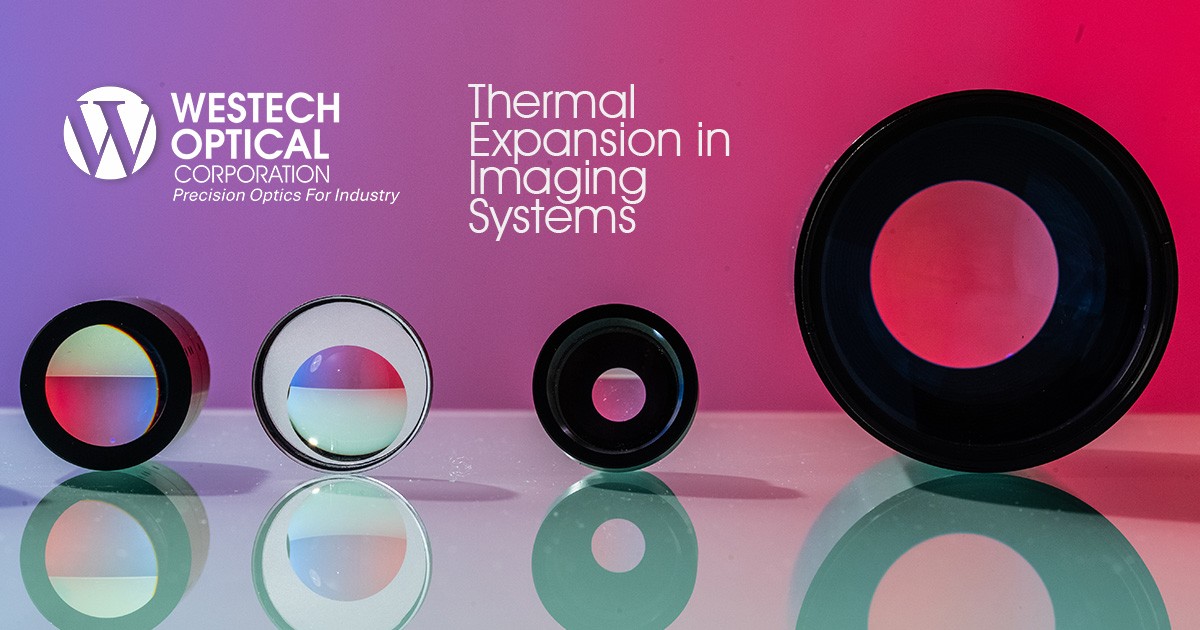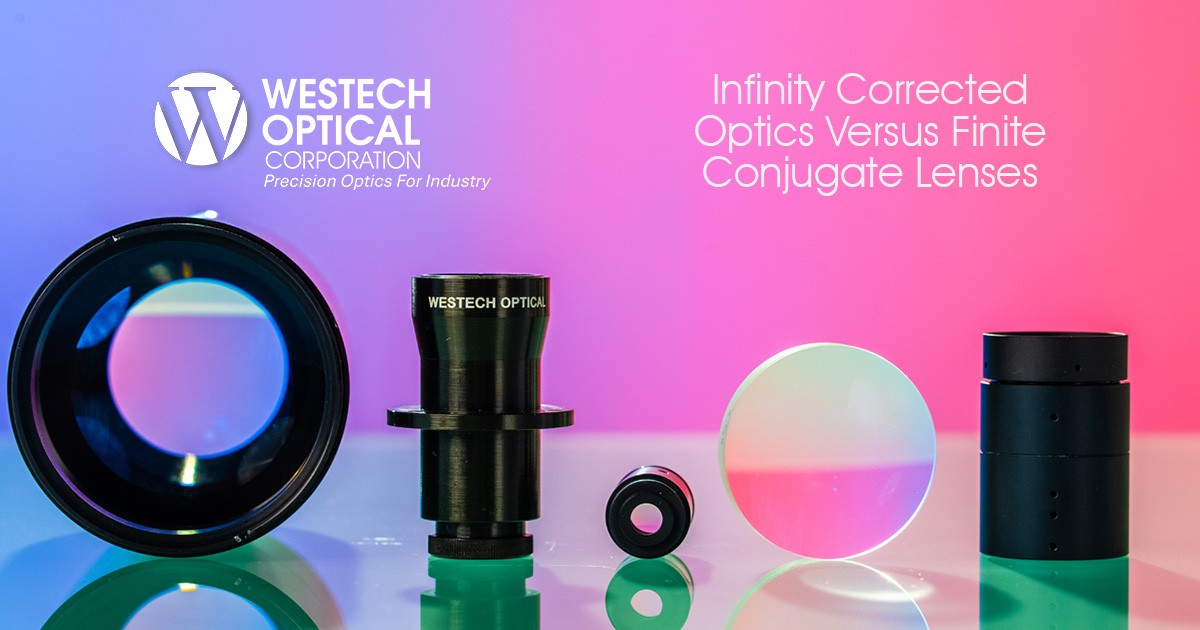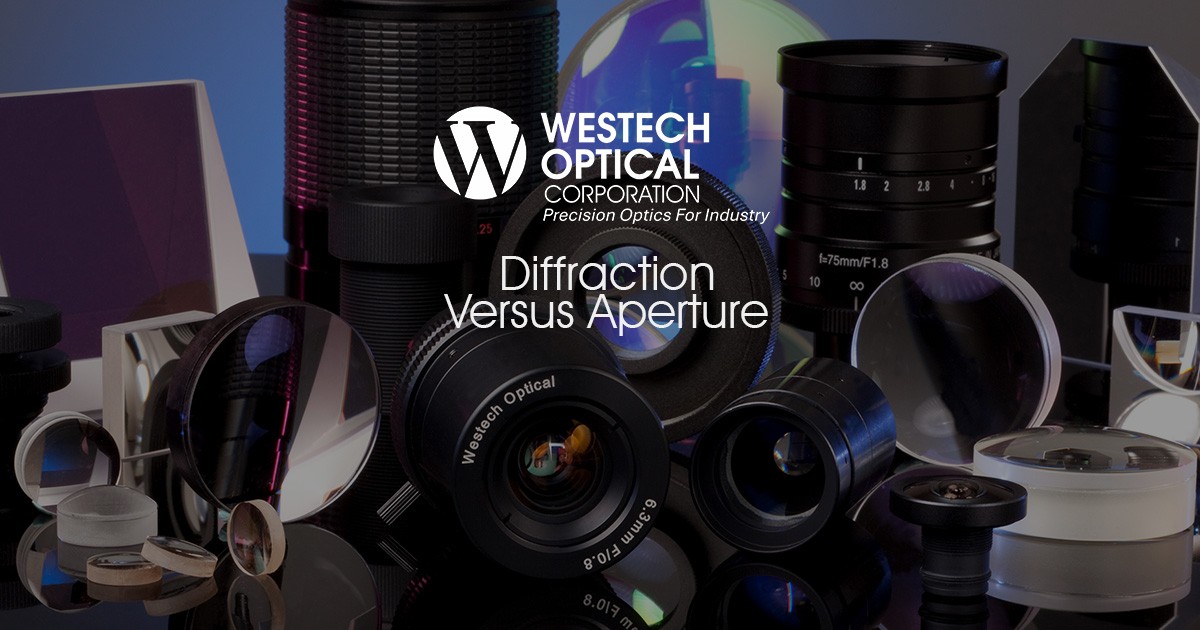Designing Optics for High-Volume Manufacturability
Published December 1, 2025
When developing optical components for commercial or industrial applications, it’s not enough to design for performance alone. True success comes from creating designs that can be repeated, scaled, and cost-optimized without compromising quality. At Westech Optical, we’ve seen firsthand how early at...
Keeping Focus in the Heat (and Cold): How Westech Optical Mitigates Thermal Expansion in Imaging Systems
Published September 30, 2025
Temperature changes are a fact of life—and a formidable challenge in precision optics. As materials heat up, they expand; as they cool down, they contract. This seemingly simple behavior—thermal expansion—can have a profound impact on imaging performance, especially in systems that combine metals, p...
Why Sensor Format and Manufacturer Matter in Lens Design
Published August 15, 2025
When designing a high-performance optical system, choosing the right lens is only half the story. One critical—but often underestimated—factor in achieving optimal image quality is understanding the sensor that the lens will serve. More specifically, both the sensor format and its manufacturer play...
Infinity Corrected Optics versus Finite Conjugate Lenses
Published March 24, 2025
A finite conjugate lens refers to a type of lens system where the object and the image are both located at finite distances from the lens, rather than at infinite distances. Both the object being viewed and the image that is formed are at specific, measurable distances from the lens, unlike in syste...
Lenses for Medical & Life Sciences: Raman Spectroscopy
Published January 16, 2025
Designing a lens system for Raman spectroscopy involves several critical considerations to ensure optimal performance and accurate data collection. Here are the key factors to keep in mind: 1. Wavelength Compatibility Material Selection: Choose glass types that are optimized to the specific wa...
Diffractions Versus Aperture
Published September 20, 2024
When choosing the best F#, be aware of diffraction. What is Diffraction? Diffraction is a physical phenomenon that causes light to spread when passing through an aperture, which limits resolution as aperture size decreases (higher f-numbers). It results in a softening or blurring of details in t...
Lidar Optics
Published January 22, 2024
The Scheimpflug principle is a fundamental concept used in various optical imaging systems, including lidar (Light Detection and Ranging) applications. Lidar is a remote sensing technology that measures distances and creates detailed three-dimensional maps by emitting laser pulses and measuring the...
PSF vs MTF
Published December 5, 2023
The Point Spread Function (PSF) and Modulation Transfer Function (MTF) are two concepts used in imaging and optics to describe the performance of imaging systems. While they are related, they provide different perspectives on the characteristics of an imaging system. Point Spread Function (PSF...
Passive Athermalization In Lens Assemblies
Published August 22, 2023
Passive athermalization is the process of designing an optical system, such as a lens assembly, to minimize its sensitivity to temperature changes without the need for active temperature control. This is particularly important in applications (like Drones) where the optical performance needs to rema...
Selecting a Lens for Hyperspectral Imaging
Published June 27, 2023
When selecting a lens for hyperspectral imaging, there are several factors to consider. Hyperspectral imaging involves capturing and analyzing data from a wide range of spectral bands, which requires a lens capable of providing high optical performance across the desired spectral range. Here are som...
The Scheimpflug Principle
Published December 16, 2015
Every photographer is likely, at some point, to encounter issues with depth of field control. The image they want may require sharp focus across its entire field, but stopping down the lens may be impractical for reasons of exposure, or undesirable for the change that diffraction exerts upon sharpne...
Paul Rudolph
Published December 16, 2015
One of the most influential lens designers in history, Paul Rudolph was born in 1858, and raised in Thuringia, in central Germany. He attended universities at Munich, Leipzig, and Jena, graduating from that last in 1884 with a degree in mathematics. Although his original intent had been to teach, R...
Carl Zeiss
Published December 16, 2015
When he was just thirty years old, Carl Zeiss opened a small workshop in his native Jena, where he repaired a variety of scientific instruments and even made some to order. His talent for optics was undeniable, and before the year was out he produced the first loupe microscope, in 1847. The produ...
Three Lenses in One
Published May 1, 2014
Before zoom lenses had been developed (the forerunners of which were being developed early in the 20th century) photographers had use of the triple convertible lens. The first iterations of these were unsymmetrical rapid rectilinear designs: when used singly, the front and rear groups would be of...
The Macro
Published May 1, 2014
Macrophotography—the art of the extreme close-up—is a popular and important part of all phases and interest in the field. The marketplace is full of macro lenses, and while there are many excellent ones available, one good alternative to using a macro lens is mounting an enlarging lens on a focusing...
What's In A Name?
Published May 1, 2014
Optics comes with its own etymology, traceable name words that usually signify something of the development of a lens, a camera, even, sometimes, a company itself. In the 1890’s the eponymous C.P. Goerz Optical Company (founded in Berlin in the previous decade) developed a lens that was, in actualit...
The History of a Photographic Lens
Published May 1, 2014
No discussion of the history of optics in Rochester would be complete without noting the considerable contributions made by Rudolf Kingslake to the field. Although he was born and educated in England, he came to America while still in his mid-20’s, invited here for the express purpose of helping to...
The Classics
Published April 8, 2014
Here at Westech Optical, we’re passionate about engineering, innovation… and about history. We can’t get enough of that, and luckily for us, located as we are near Rochester, NY, we’re surrounded by artifacts of the history of the optics industry, both home-grown and foreign. The conference room at...
Vintage Bausch and Lomb
Published April 8, 2014
Here in Rochester, the two German immigrants whose partnership started the Bausch and Lomb company were interested in the manufacture of monocles; over the years, of course, the range of products they developed changed as the world and its needs changed. Materials became scarce, alliances shifted, m...















